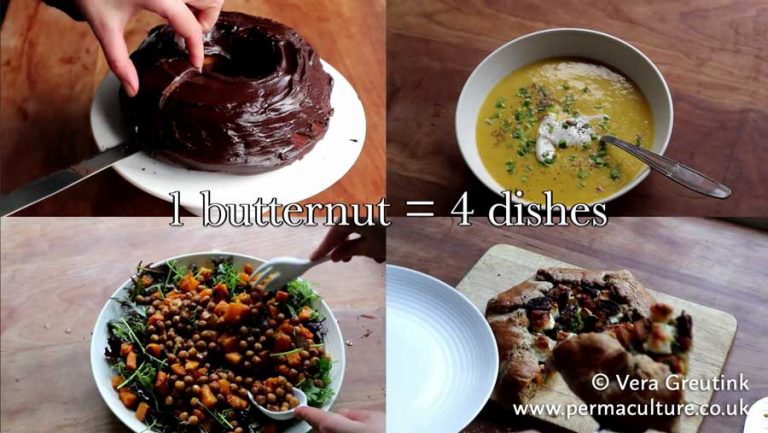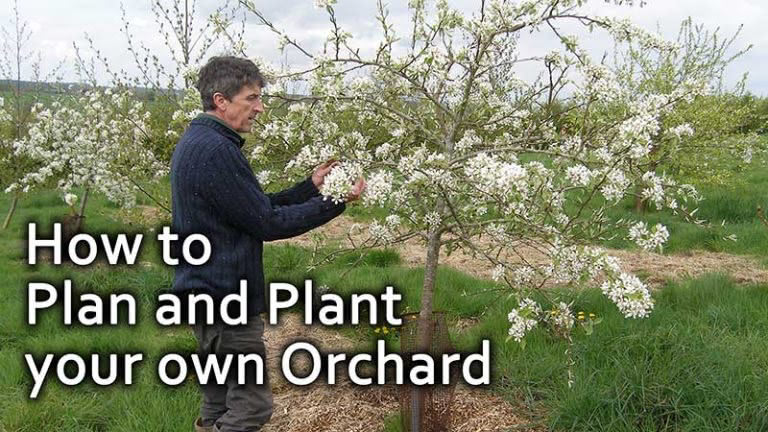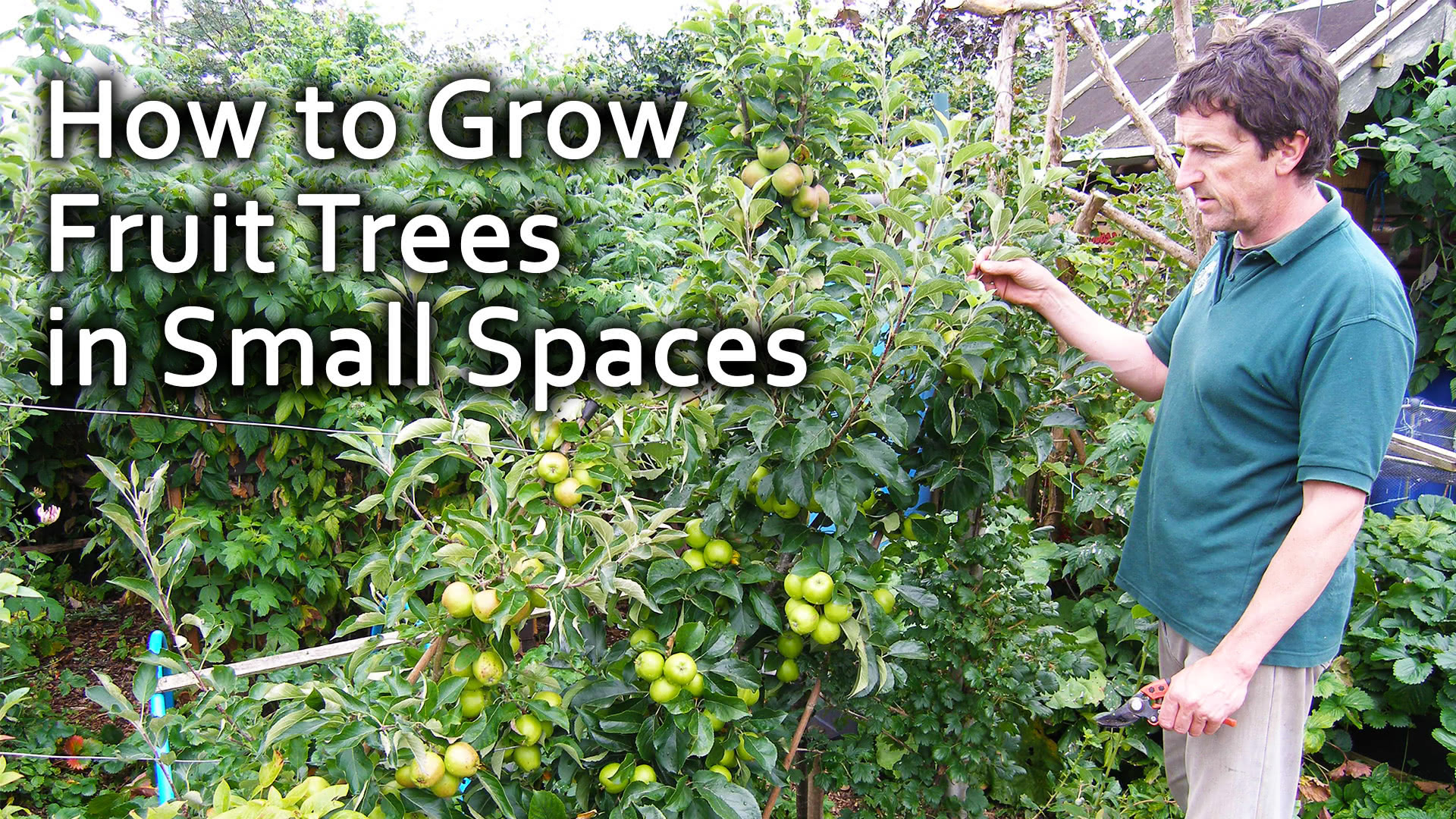Despite being quite compact, Edible Paradise covers its subject matter thoroughly and with an impressive level of detail. It’s relevant to and useful for people with a range of gardening and permaculture experience but should prove especially valuable to those either starting out in gardening or starting afresh on a new plot. I’m planning on giving a copy to my sister, who moved to a new, very small terraced home with a blank canvas paved yard not long ago. Edible Paradise will enable her to design and achieve the garden she wants, and will result in her practicing permaculture design as part of that process.
Edible Paradise covers almost exclusively annual and edible plant growing, with little reference to perennials except for some of the herbs and flower bulbs covered. However, it is comprehensive enough in its coverage of principles and concepts to be applied to perennial growing should you wish to do this as well.
I am really pleased to see coverage of ornamental plants in a permaculture book – permaculture can be too ‘hair shirt’ at times, embarrassed to suggest including plants without tangible uses or functions in a design. But flowers and beauty in a garden lift hearts and feed souls, in doing so they energise us and give us renewed energy and enthusiasm for our permaculture designs and lives, an essential permaculture function. Plus of course carefully chosen ornamentals can and do have a huge range of other functions within a design, especially for wildlife.
Annual edible polycultures are clearly a passion of Vera’s and their use is a theme running through the book. Vera takes a pragmatic approach and makes it clear that to achieve the benefits of polycultures they need to be well thought through and designed. Polycultures are particularly sensitive to limiting resource constraints and should be designed with this in mind. Here in West Wales we have a plentiful supply of rain giving clouds, so plant polycultures are not often short of water, but those clouds mean that light or a lack of it is a primary concern in the spatial layout, orientation and patterning of permaculture design and growing.
Good permaculture design runs through the heart of the book. It is particularly strong on ensuring that you design your garden to suit your needs, resources, likes and dislikes. This is clear in the series of real example gardens described in Chapter 9, ‘Tailor Made Kitchen Gardens’, with each garden introduced with its purpose(s) and the resources and limitations linked to it. As each garden is described the reader is taken through increasing design complexity in clear and easy steps. As this section is at the end of the book it is easy to relate these gardens to the principles and information contained in the main body of the book.
In terms of structure, Edible Paradise is divided into two parts. Part One, Container Gardening, is quite short at only forty odd pages. However, with just this section you can get stuck in and design and create a lovely edible landscape in a small garden or perhaps on a terrace or patio in a larger garden. Part Two, the remainder of the book, allows you to deepen and extend your knowledge. Even if you will only be growing in containers I would recommend reading Part Two first if you have the time before you get cracking on your garden. You’ll get more benefit this way, gaining a thorough grounding in permaculture kitchen gardening, and can then read part one and use this section, adding what you’ve learnt from Part Two to your design skills.
Andy has spent over 25 years practising permaculture on his Welsh garden with wife Angie.











